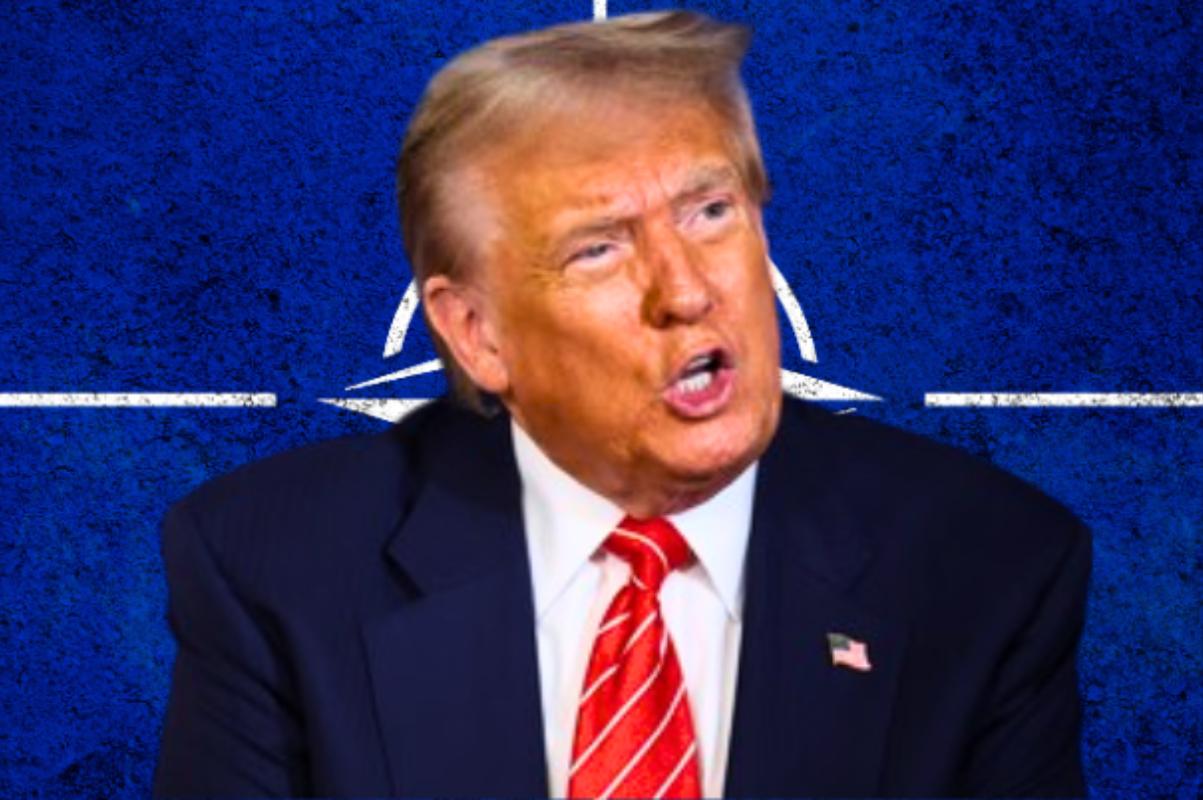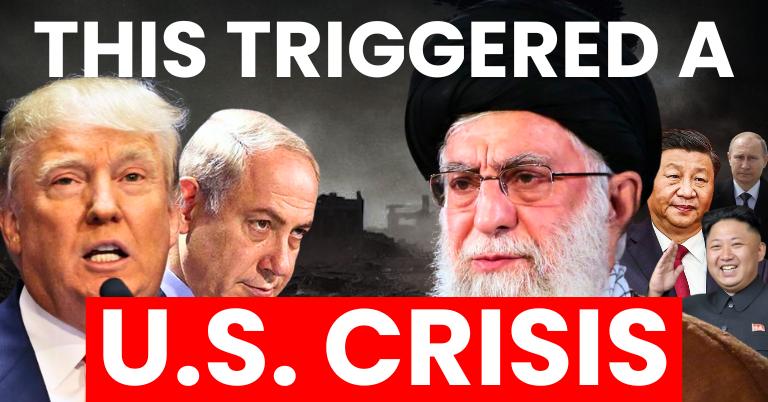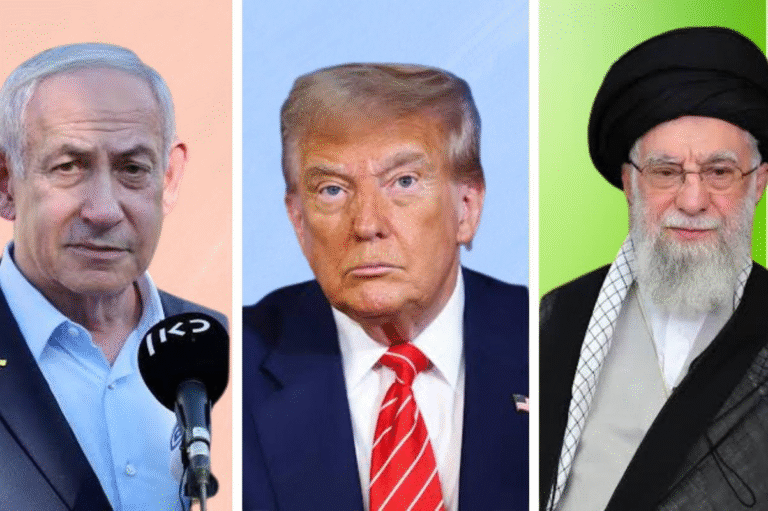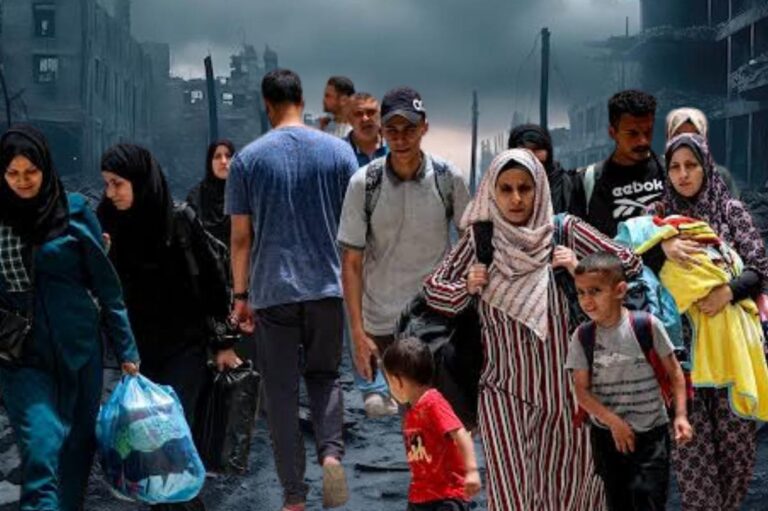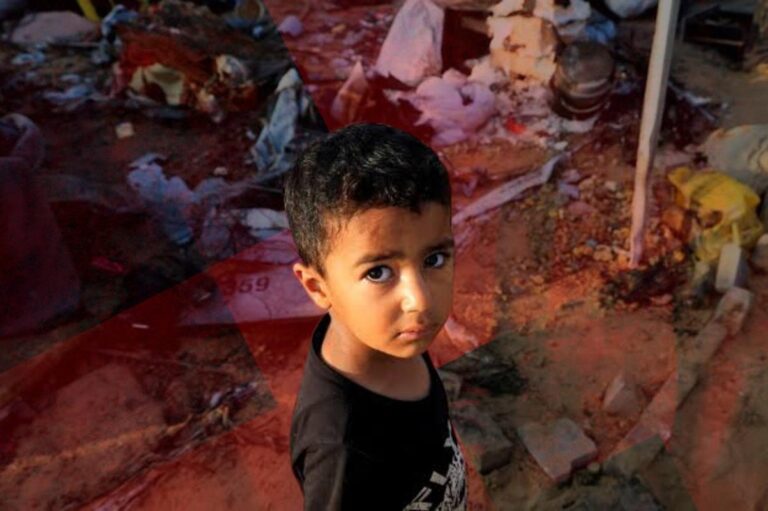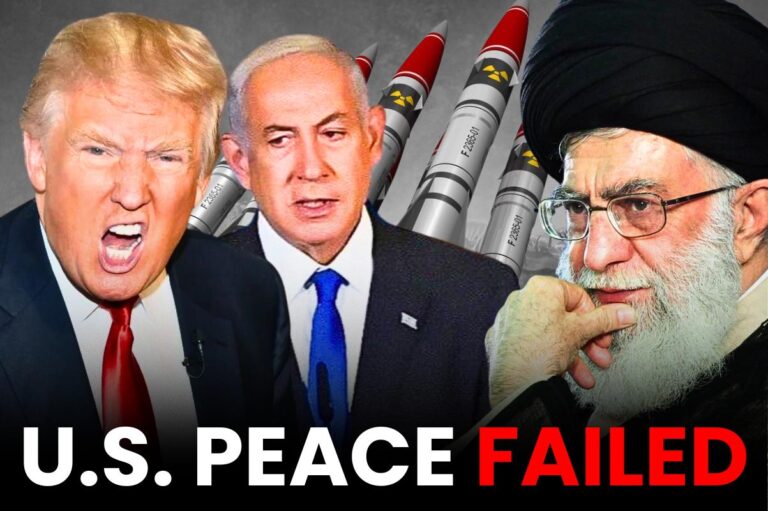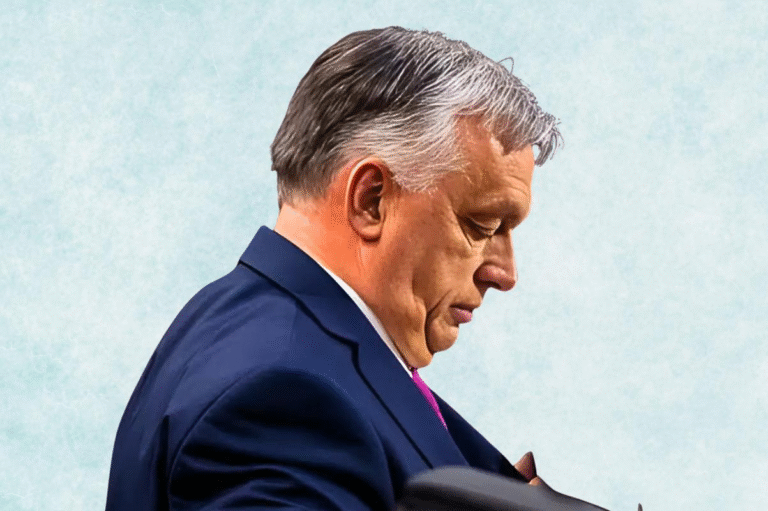European Leaders Rally Around Trump at NATO Summit Over Iran-Israel Truce
The 2025 NATO Summit in The Hague was highly anticipated as a pivotal moment for the transatlantic alliance, particularly with the anticipated presence of President Donald Trump. His persistent criticism of NATO and repeated demands for increased defense spending from allies had already created a tense atmosphere. However, what truly shifted global attention was the unexpected emergence of the NATO Summit over Iran-Israel Ceasefire narrative. As Russia’s war in Ukraine raged on and security challenges escalated across the Middle East, European leaders seized the opportunity to align with Trump’s claims of brokering a ceasefire between Iran and Israel.
Also read, Trump Slams Israel and Iran for Truce Violations, Urges Restraint.
An unexpected development before the summit shifted its focus: Trump’s self-proclaimed triumph in brokering a “complete and total ceasefire” between Israel and Iran. This announcement, following a “12-day war” involving U.S. airstrikes on Iranian nuclear facilities, propelled Middle East diplomacy to the forefront of NATO discussions. European leaders subtly accommodated Trump’s influence, navigating his unpredictable foreign policy while preserving alliance unity and addressing security concerns. This sequence of events illustrates how a powerful leader’s actions can profoundly influence major multilateral gatherings like NATO, compelling members to adapt to his narrative and perceived accomplishments.
Trump’s Ceasefire Claims – A Self-Proclaimed Triumph
The conflict, famously known as the “12 Day War” by Donald Trump, was characterized by intense exchanges between Israel and Iran. A significant turning point came on June 22, 2025, when the United States carried out strikes against key Iranian nuclear facilities, including Fordow, Natanz, and Esfahan. The Trump administration claimed that these strikes would effectively obliterate Iran’s nuclear program, causing a significant setback that would last for decades. In response, Tehran launched a missile attack on the Al Udeid airbase in Qatar, the largest U.S. military installation in the Middle East. Fortunately, no injuries were reported in the ensuing incident.
Initially, the ceasefire faced challenges. Iran’s Foreign Minister stated a reciprocal halt to attacks, but Iran subsequently launched another strike after its stated deadline. By June 25, however, the truce reportedly held, with Trump claiming it was progressing “very well.” Notably, all parties publicly declared strategic victory: Israel stated it had met its war objectives, and Iran maintained it had “forced the enemy into accepting defeat.” This simultaneous declaration of success by opposing sides highlights a common psychological and political dynamic in conflict resolution, driven by the need for internal legitimization. This suggests the ceasefire might be a tactical pause, potentially setting the stage for future contention. Palestinian President Mahmoud Abbas lauded Trump for securing the ceasefire, expressing hope for broader peace efforts.
European Leaders’ Diplomatic Balancing Act
In stark contrast to the U.S.’s assertive approach, European nations, particularly the E3 (France, Germany, U.K.) and the broader European Union, consistently advocated for diplomacy and restraint throughout the Iran-Israel conflict. Joint statements urged “All sides to show restraint… and return to diplomacy,” emphasizing an “unwavering commitment to all diplomatic efforts to reduce tensions and to find a lasting solution to the Iranian nuclear issue.”
While France “welcomes President Trump’s announcement of a ceasefire,” its official statement immediately underscored the need for a “complete end to hostilities” and reiterated that “only a diplomatic solution can provide a lasting answer to the security challenges posed by Iran’s nuclear programme.” This reflected a pragmatic acceptance of the immediate outcome while firmly reaffirming their long-term diplomatic strategy. European leaders consistently stressed that Iran must take “confidence-building and verifiable measures” and “substantial steps backward” regarding its nuclear and ballistic programs, repeatedly asserting that “Iran must never possess a nuclear weapon.”
The “Wooing” Strategy – NATO’s Defense and Diplomacy
European leaders’ “wooing” of Trump was primarily evident in public acknowledgments and strategic concessions. These efforts aimed to secure his continued commitment to NATO and its mutual defense guarantees, which Trump had previously questioned. NATO Secretary-General Mark Rutte publicly praised Trump as a “man of strength” and “man of peace” for his actions against Iran’s nuclear program. He even shared private messages of praise. This endorsement sought to validate Trump’s approach and potentially alleviate his skepticism towards the alliance.
Key European Stances on Iran and NATO
| European Entity/Nation | Stance on Iran-Israel Ceasefire | Stance on Iran’s Nuclear Program/Diplomacy | Stance/Action on NATO Defense Spending |
|---|---|---|---|
| France | Welcomes Trump’s announcement; calls for complete end to hostilities | Iran must never possess nuclear weapons, and negotiations on nuclear, ballistic, and destabilizing activities are urgently needed. A diplomatic solution is the only viable option. | Concerns about legality of U.S. actions |
| Germany | Calls for restraint and return to diplomacy | Iran must move urgently with confidence-building, verifiable measures to negotiate. It must not strive for nuclear weapons. | The organization supports a 5% target and is confident in achieving “great harmony” in decision-making. The organization is driven by the changed threat posed by Russia. |
| United Kingdom | Calls for restraint and return to diplomacy; warns of escalation | Diplomatic solution only; Iran can never develop nuclear weapon; ready to support talks | Supports 5% target (implied by E3 alignment) |
| European Union (EU) | Calls for restraint and return to diplomacy | Will contribute to all diplomatic efforts for lasting solution; intense outreach underway for negotiated solution | Supports 5% target (implied by collective agreement) |
| European Commission (Kaja Kallas) | (Not explicitly stated on ceasefire) | Need to sit down with Iran on nuclear program; addresses support for Russia, detention of citizens, cyberattacks; Iran should never develop nuclear weapon | Supports 3.5% or 5% target; stronger Europe makes stronger NATO |
| NATO Secretary-General (Mark Rutte) | Praises Trump as “man of strength” and “man of peace” for actions against Iran’s nuclear program | Allies agree Iran must not develop nuclear weapon; urges Iran to meet non-proliferation obligations | Confident all Allies will meet 5% target; “transformational summit” for spending hikes |
Despite the outward display of unity, deep concerns persisted among European allies about Trump’s long-term commitment to Article 5. This concern intensified after his statement that his fidelity “depends on your definition.” U.S. Senator Jeanne Shaheen acknowledged the understandable questions raised by foreign leaders and emphasized the need for reassurance from U.S. officials. The palpable fear among Europeans that they must deliver for Trump to maintain U.S. engagement in NATO highlighted the alliance’s vulnerability.
Geopolitical Implications and the Path Forward
While Trump celebrated the ceasefire as preventing a prolonged war, its fragility remains evident. The White House’s dismissal of intelligence reports indicating the complete destruction of Iran’s nuclear program underscores the persistent threat. Trump claimed the ceasefire ended a war, yet Israeli forces simultaneously continued actions against Palestinians in Gaza. This highlights that the Iran-Israel ceasefire, while significant, does not translate into broader regional peace or stability. It reveals interconnected yet distinct layers of conflict. Many regional and international actors expressed “grave alarm” over the U.S. strikes, emphasizing the substantial risks of further regional escalation.
Despite the ceasefire, trust between the U.S. and Iran remains critically low. Iran’s foreign ministry spokesman asserts that the U.S. “torpedoed diplomacy,” yet paradoxically notes that “diplomacy never ends.” European powers continue to press for a negotiated solution to Iran’s nuclear program, urging comprehensive talks that address its nuclear, ballistic, and destabilizing activities. Iran’s support for Russia in the Ukraine war further complicates future diplomatic engagements.
Conclusion
The 2025 NATO Summit in The Hague was significantly influenced by the simultaneous occurrence of pressing geopolitical crises and the enduring dynamics of the alliance. A pivotal moment came with the unexpected Iran-Israel ceasefire, unilaterally brokered by Donald Trump. This ceasefire allowed Trump to portray his aggressive foreign policy as a resounding success. In a delicate diplomatic maneuver, European leaders publicly welcomed the ceasefire and agreed to substantial increases in defense spending, aligning with Trump’s longstanding demand for a 5% GDP target. This strategic engagement was a calculated attempt to accommodate the unpredictable nature of the U.S. president and secure his continued, albeit potentially transactional, commitment to NATO.
Check out this video coverage from the summit-
